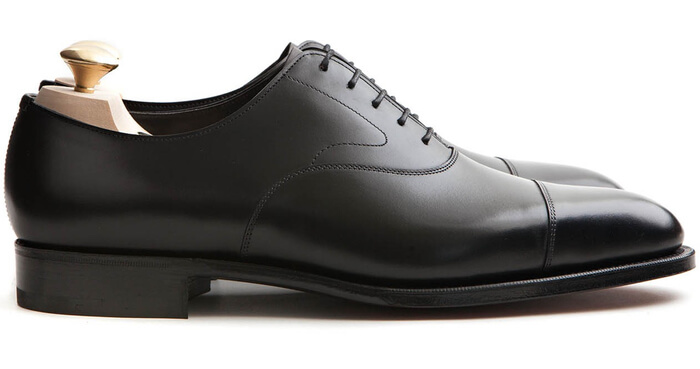
Edward Green is one of the most popular leather shoe brands. While preserving the tradition of English shoes, Edward Green fascinates the world with its elegant silhouettes that are far from martial. In this issue, we introduce the charm of Edward Green, a long-established and prestigious name in the leather shoe world! leffot
Suponsered by
What is Edward Green?
Edward Green has earned a reputation as one of the best English leather shoe brands. Its quality and popularity are comparable to those of John Robb. However, unlike John Robb (Paris), which is under the Hermes umbrella, Edward Green has been through various management crises and has built up its current position as an independent brand without being absorbed by a major brand. Its high-quality leather shoes are said to be highly praised not only by enthusiasts but also by shoemakers in the same industry. One of the brand’s charms is that it has a wide variety of lasts and produces a diverse collection. Among them, the “Chelsea,” a straight-tip shoe with an inside sole, and the “Dover,” a U-tip shoe, are timeless classics.
edwardgreenHistory of Edward Green
Edward Green was founded in 1890. The company’s founder, Edward Green, established a workshop in Northampton, England, a sacred place for leather shoe manufacturing surrounded by high-quality water and oak trees. Together with his three sons, he was engaged in men’s shoes, mainly military boots at that time. Edward Green’s belief in ” the highest possible quality ” in terms of materials and manufacturing methods has been passed down to each and every one of his craftsmen over the past 125 years.
Who is John Fulstick, the man who revived Edward Green?
Since its founding, Edward Green has built a reputation for manufacturing leather shoes of the highest standard, earning the company the title of “legendary shoes. However, in the 1970s, the company fell into financial difficulties, and after experiencing a period of adversity, including the acquisition of U.S. capital, it was eventually driven to the brink of bankruptcy. In 1983, John Fulstick, the late Italian shoe designer, bought the brand and restructured Edward Green. The purchase price was the repayment of the debt plus ” one pound.
Mr. John Fulstick took over as president of Edward Green and used his experience as a designer to revive the brand. The last, which had been beautiful but selective in its wearer, was modified to better fit everyone’s feet. He completed a comfortable dress shoe that became the root of the current Edward Green. Furthermore, at a time when English leather shoes were only considered to be black, he produced hand-dyed brown leather shoes, which became extremely popular. In the end, Edward Green returned to a small-lot production system with elite craftsmen, based on the belief in quality that had been the original style of Edward Green.
Edward Green’s last. In addition to the development of the new “#202”, he also developed a new long-nose last “#808”, etc.
Mr. John Fulstick not only rescued the brand from the brink of bankruptcy, but also brought it back to V-shaped recovery. He laid the foundation of today’s Edward Green when he passed away unexpectedly in March 2000. He was succeeded by Hilary Freeman, who had served as Mr. Fulstick’s right hand. She continues to uphold the tradition of Edward Green, emphasizing the importance of “giving authority to each craftsman. Incidentally, Edward Green began to attract attention in Japan in the late 1980s, when the previous president, John Fulstick, led the revival of the brand.
uptowndandyCurrent President Hilary Freeman
Edward Green was almost owned by Hermes
It was not only in the 1970s that Edward Green was in crisis: in 1995, Edward Green produced leather shoes for John Robb, and the parent company, Hermes, recognized the high quality of the shoes. When Edward Green was approached to buy the company, it once tried to join forces with Hermes, as it had been planning to expand into France, but the company’s business deteriorated as a result. The company eventually sold its shares to Hermes, and the factory and the signature last “#202,” which had been with the company since its founding, were seized.
The brand somehow managed to survive by outsourcing the manufacture of leather shoes to brands such as Crockett & Jones and Grenson, both located in Northampton, England. Later, the brand was revived by developing new lasts. Although Edward Green is now in the same position as John Lobb, it is rare to find a brand with such a checkered history as Edward Green.
Many special order models created by Edward Green
In the 80s and 90s, when Edward Green was trying to revive itself from the bankruptcy crisis, it handled not only its own products but also many other brands’ leather shoes.
Barneys New York, Foster & Son, Old England, Lloyd’s Footwear, W&H Gidden, Avon House, Wildsmith, Paul Sense Cohn, and many others. This is only a small part of the total, which shows how desperate Edward Green was for survival at that time.
Edward Green’s signature model ” Chelsea
Edward Green’s royal internal straight tip “Chelsea,” known as timeless. The graceful swan neck stitching is a symbolic design of the Chelsea.
global.rakutenChelsea has two models, one using the signature last “#202” and the other using the later last “#82. The “#82” model has a slightly longer throw-away dimension and a more modern and stylish silhouette. The ball joint is also smoother, making the “#82” more suitable for everyone in terms of fitting, and it is now the most popular last. However, “#202” is also a traditional Edward Green last and is considered to be a foot shape that fits many people. Of course, it is important whether it fits one’s own foot or not, but it is a point that buyers have a hard time deciding which one to buy.
strasburgoChelsea/Last “#82” strasburgo
Chelsea/Last “#202
Edward Green’s design roots are in Porsche!
Although not limited to Chelsea, it is well known that many of Edward Green’s shoes are inspired by the ” Porsche 911. The Porsche 911 is a famous car that fascinated people with its glamorous form, and it is no wonder that the organic curves of Edward Green’s leather shoes, which represent Chelsea, were inspired by this car.
motortrend edwardgreenWhat is Edward Green’s “Dover,” a masterpiece of U-tip shoes?
Another Edward Green masterpiece is the “Dover,” the king of right-angle-stitched moccasin shoes, which is often the first name that comes to mind when people hear the word “U-tip.
gezzaseyesDover has two models, one with the “#202” last, like Chelsea, and the other with the “#32” last. The “#32” has a round toe and a slender shape, and is said to be the last that was developed specifically for Dover. The “#32” is a sleeker model than the “#202,” but if your size fits, the “#32” is also a good choice for a good-looking, dressy look.
styleforumLast “#32” (left) and last “#202” (right). Comparing the two, you can see how slim the “#32” is.
Edward Green’s leather shoe manufacturing in pursuit of quality
Edward Green is rooted in the founder’s belief of “seeking the highest possible quality. The company’s leather shoes are made by a team of craftsmen who are divided into teams for each production process.
Clicking
A brass pattern card is placed on the calfskin, and the necessary parts are cut out. Sorting the leather for grain, stains, etc., and calculating the expansion and contraction of the leather are all done by master craftsmen.
edwardgreenSewing
The sewing process begins with the creation of the thread, which is then elaborately sewn into the piece. Even the tools used are not of the highest quality, and the needles used are made of pig’s hair.
edwardgreenWelting
The welt and upper are attached by machine, and the leather is thinly shaved off before the sole is attached. Edward Green’s high-quality Goodyear welt manufacturing process is also known for requiring more manual labor from craftsmen than usual.
edwardgreenPolishing
Edward Green is known for its beautiful leather, and the quality of the leather itself is of course of high quality, but the craftsmanship is also a major achievement. The calfskin, which has been carefully polished, is allowed to rest for a period of time to develop its characteristic translucent and elegant luster.
edwardgreenThe craftsmen’s skills are passed down from generation to generation under the strictly controlled training program within the organization. Each process is completed by a group of more specialized and experienced craftsmen and apprentices.
The appeal of Edward Green, as revealed by the last
Edward Green is a leather shoe brand that is particularly noted for the types of lasts it produces. In fact, it is said that Edward Green’s lasts are the reason why the general public, who are not craftsmen, are aware of the wooden pattern number, etc., and it has become one of the indices for appreciating shoes.
The eternal standard last “#202” that fits Japanese people
The last “#202” itself has existed since the 1940s, and was regarded as an immortal wood pattern that supported Edward Green from that time. However, the old “#202” last was taken away by the Hermes takeover scandal, and the current “#202” was reborn in the mid-1990s.
The refined essence of Mr. John Fulstick has been added to this model, and it combines a beautiful silhouette with a comfortable fit. The small heel cup holds the calf in place, and the design is also popular for its ability to prevent fatigue even after long hours of walking. The ball joint is slightly taut on the little toe side, which is said to suit the foot shape of Japanese people with a high instep and wide feet.
Last “#888” created by Tony Gaziano
Gaziano & Gerling” is currently counted as one of the leading leather shoe brands. One of the founders, Tony Gaziano, used to work for Edward Green as a designer. The last “#888” that Mr. Gaziano created in 2002 has a modern silhouette with a long throw away dimension. The narrow, semi-long chisel toe is truly graceful and is often used in modern double-monk shoes and other models. This last was one of the catalysts for Edward Green’s revival.
styleforumThe “#82” last, which supports the current popularity of Edward Green
The “#82” last was introduced in 2004 and quickly became Edward Green’s mainstay last. The narrow, round toe is inherited from the “#202” in many cases, and in fact, 70-80% of the “#82” is said to be the same as the “#202. The “#82” has a slightly sleeker, more elegant look and is made for everyone, which is why it is so popular.
doublemonkIntroduction of Edward Green’s standard models
Edward Green “Chelsea E82
The “Chelsea” is Edward Green’s royal model and the pinnacle of the inside straight tip. The elegantly curved round toe and swan neck stitching are timelessly loved. A pair for adults who understand the real thing. This model uses the latest “#82” last, which combines modernity and comfort.
For details and purchase, click here
Edward Green “Dover E32
The eternal classic U-tip “Dover”. The symbolic “skin stitching” of the mocca section, in which the inside of the leather is sewn by hand, can only be completed by combining the highest quality leather and skilled techniques. The slim last “#32” was developed specifically for this model. The smart silhouette and dark oak color combine to create a calm atmosphere.
Click here for details and to purchase
Edward Green “Inverness D82
Edward Green’s full brogue shoes show the high level of technical skill with their artistic medallions (hole decorations). The last “#82” used has a slightly pointed round toe and a modern long nose. The dark navy color gives the shoes a modern feel, making them a pair that can be worn for both business and casual occasions.
Click here for details and to purchase
Edward Green “SANDOWN E184
A versatile suede coin loafer that can be used in any weather. The last “#184”, which is used in many of Edward Green’s loafer models, has a moderately round toe and carries an English atmosphere. A useful pair for relaxed weekends.

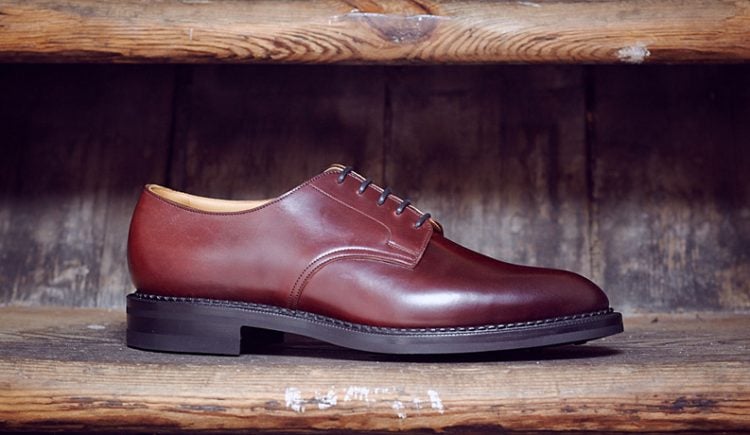
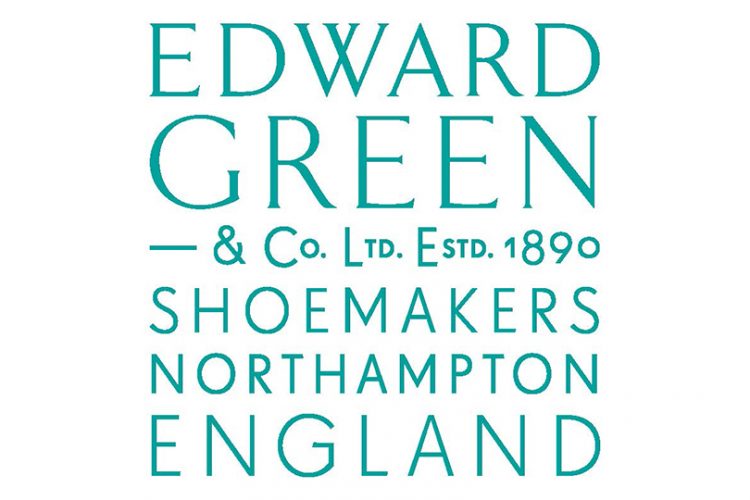
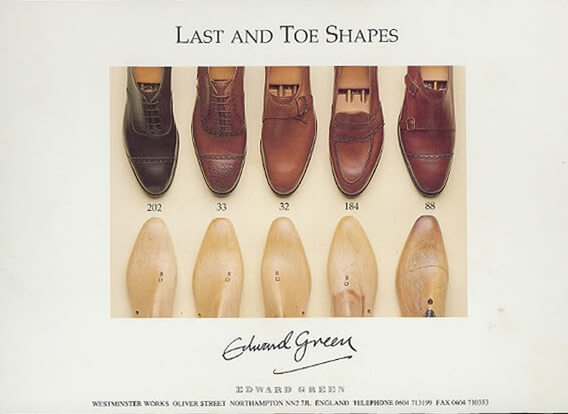
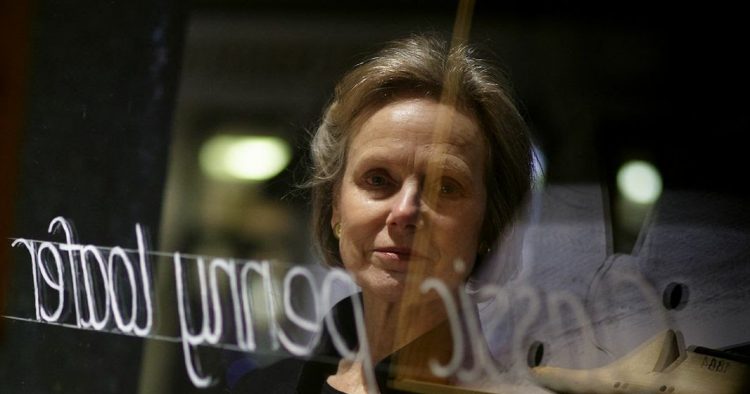
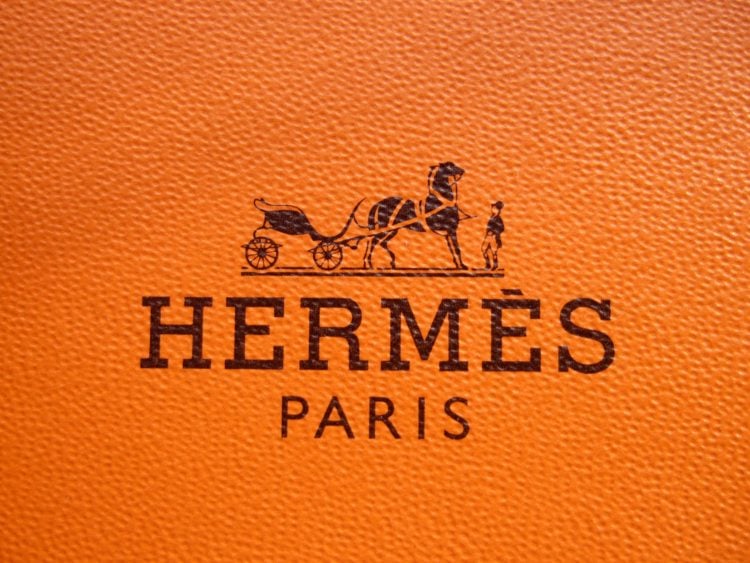
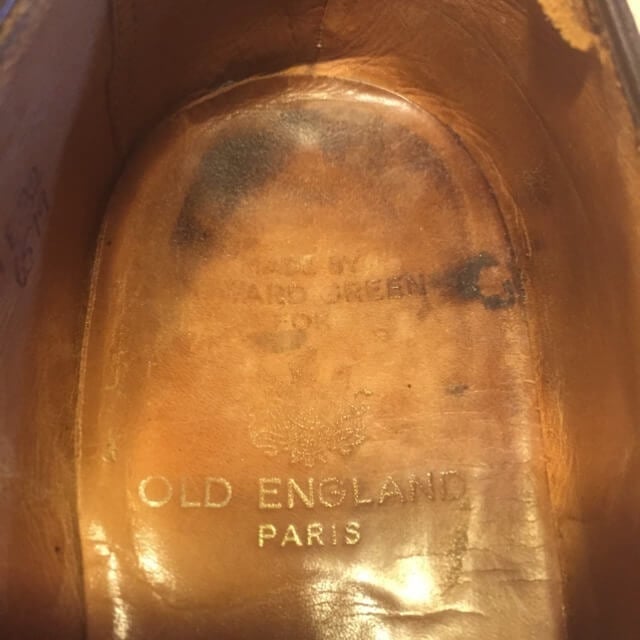
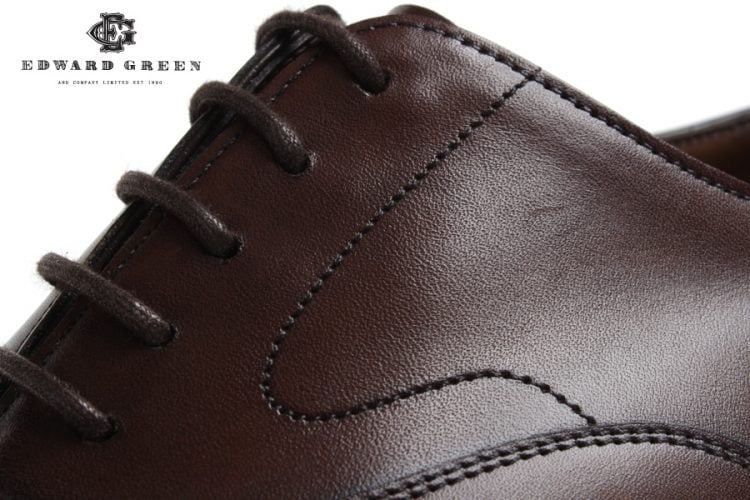
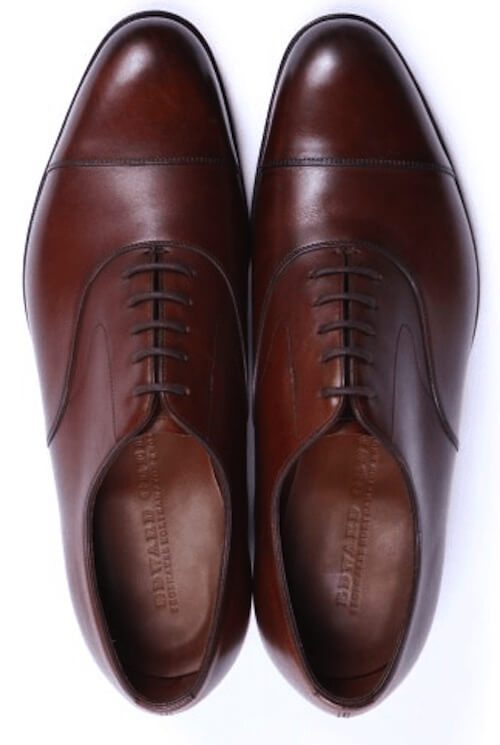
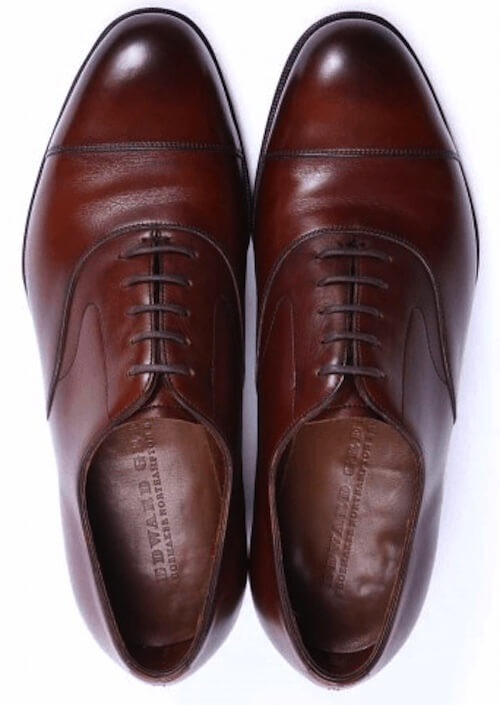


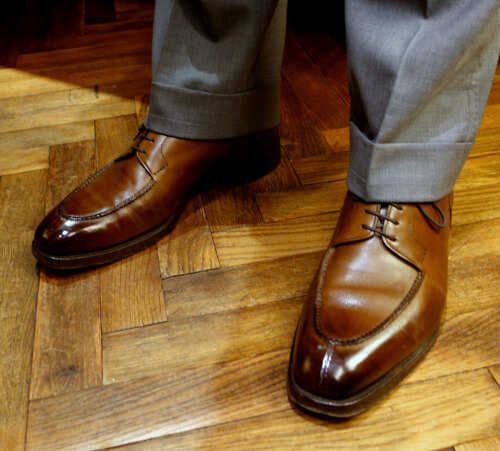
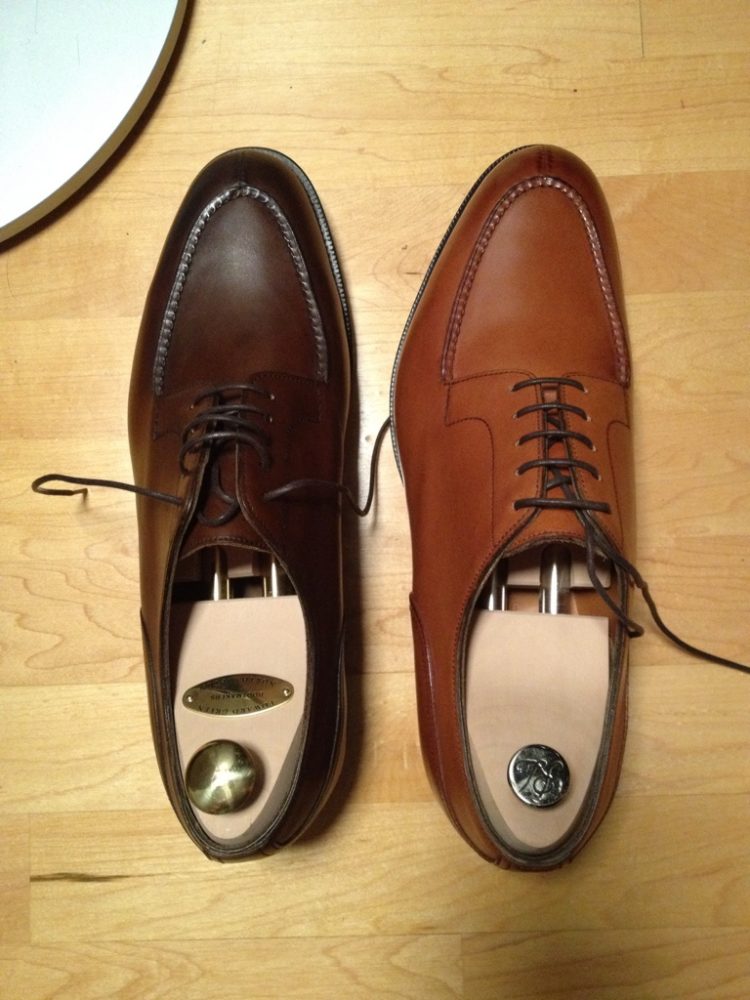
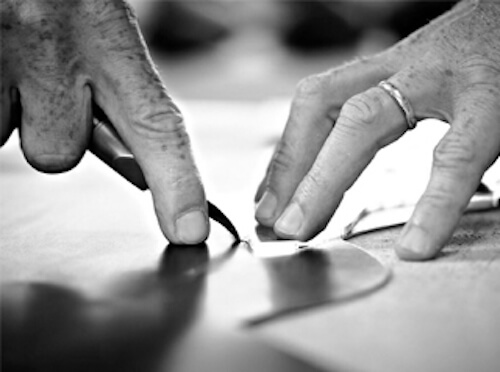
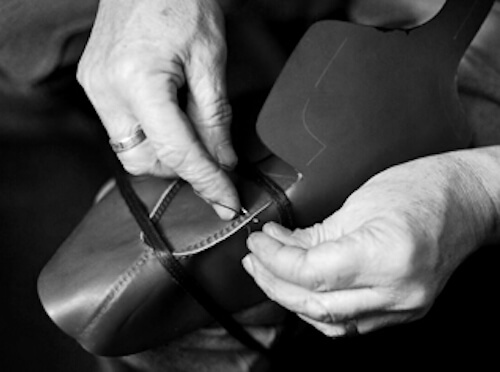


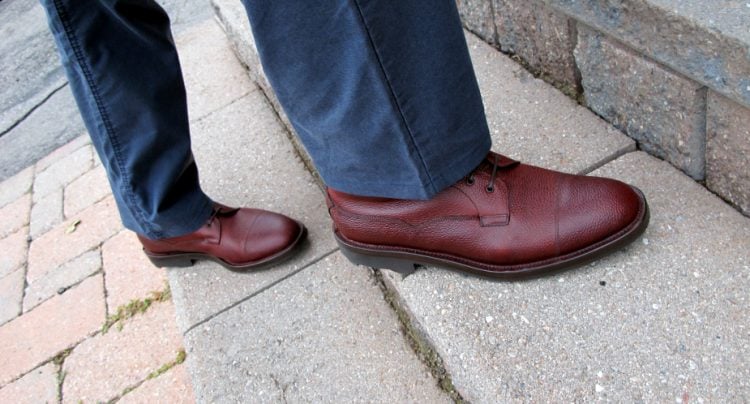
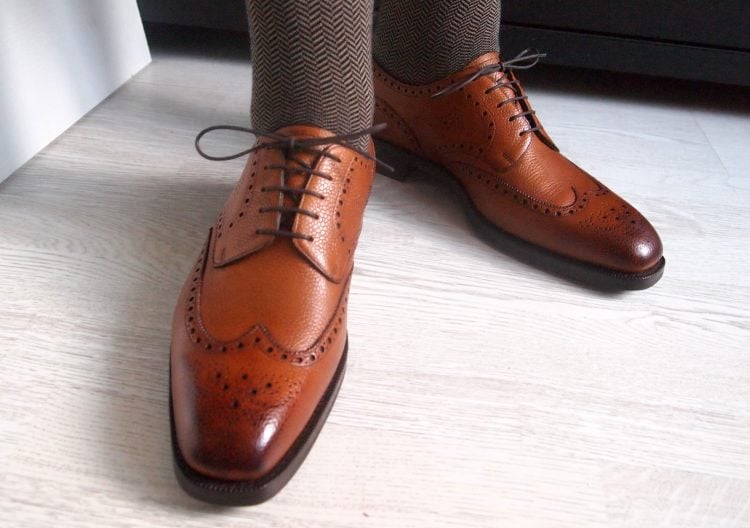
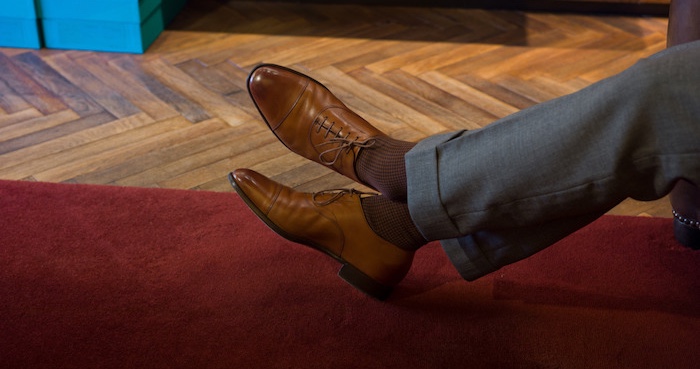
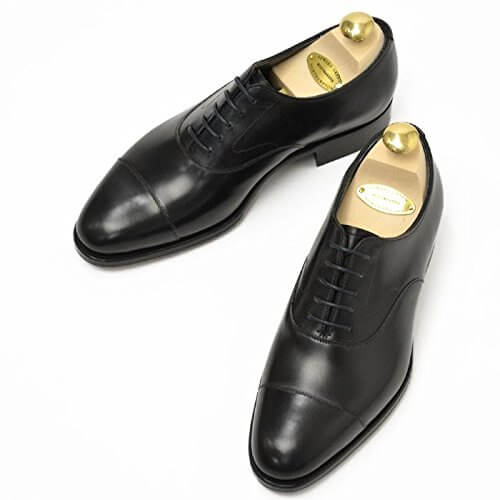
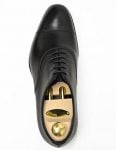
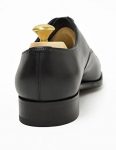
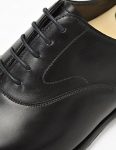
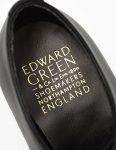
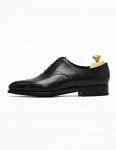
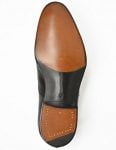
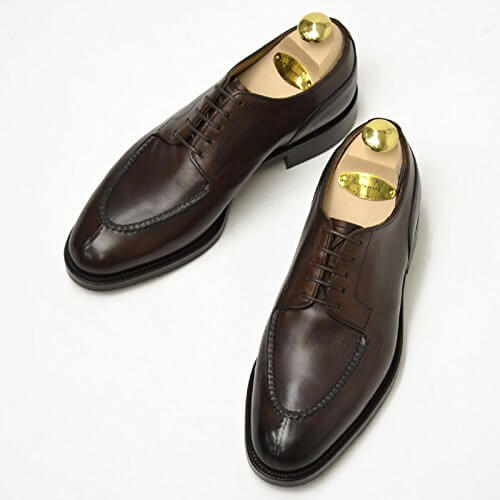
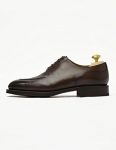
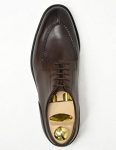
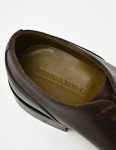
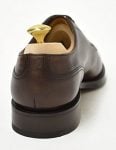
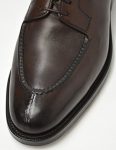
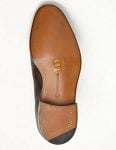
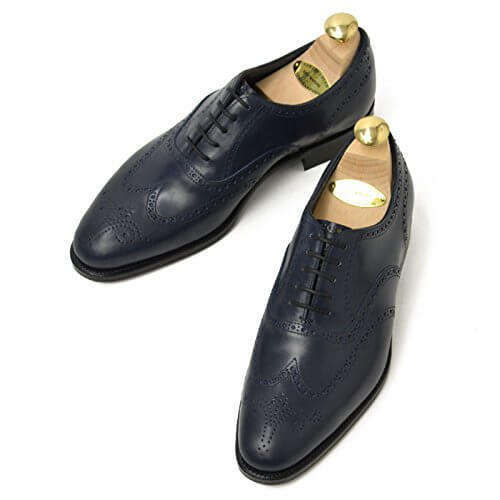
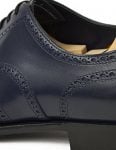
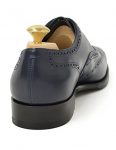
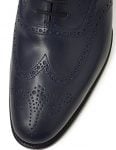
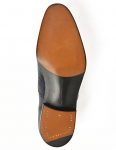
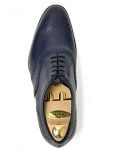
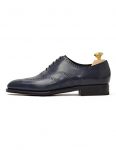
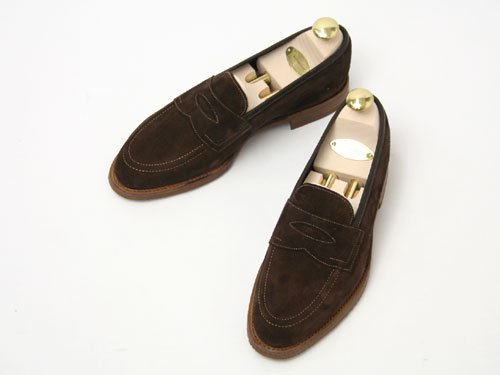
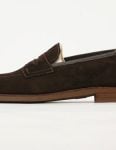
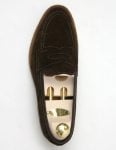
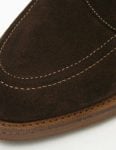
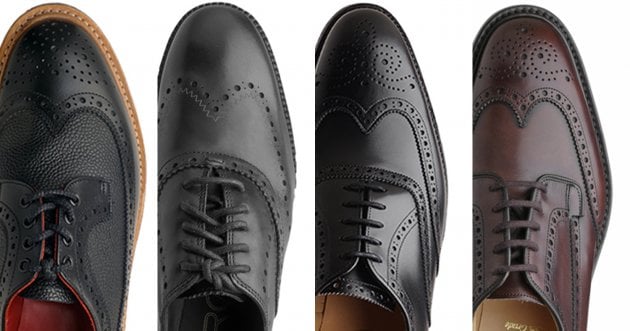
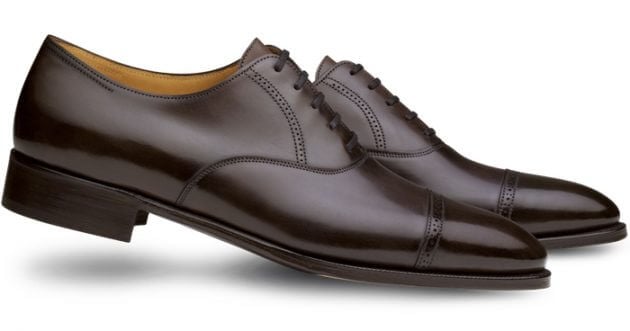
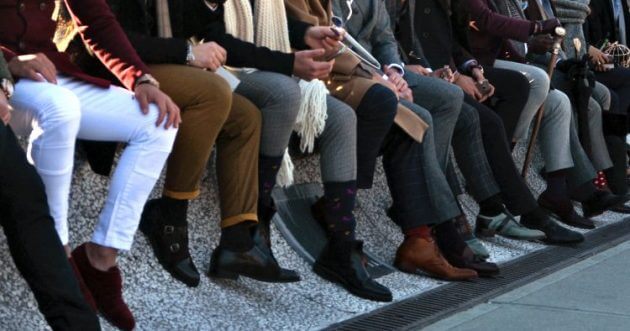
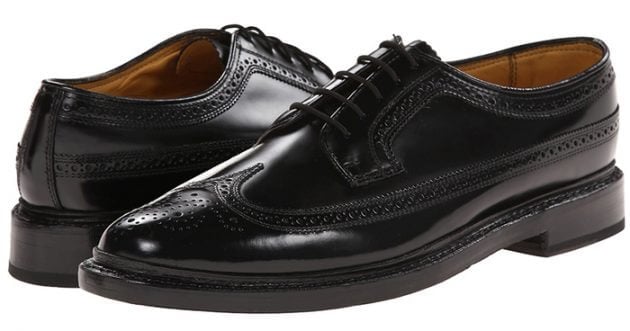
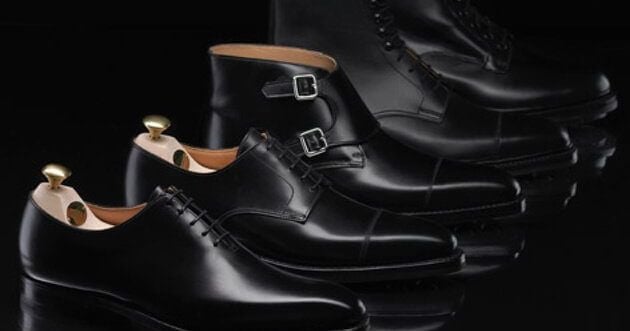
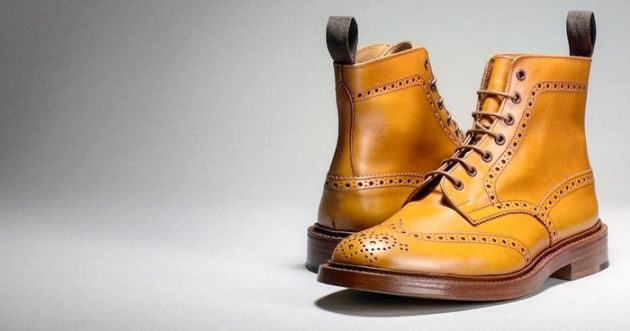
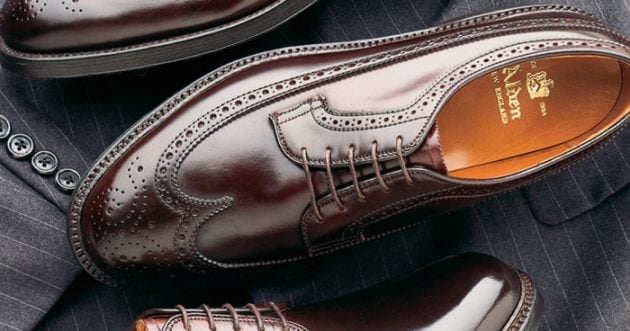
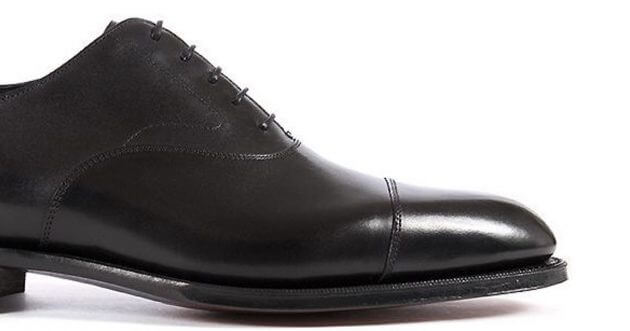
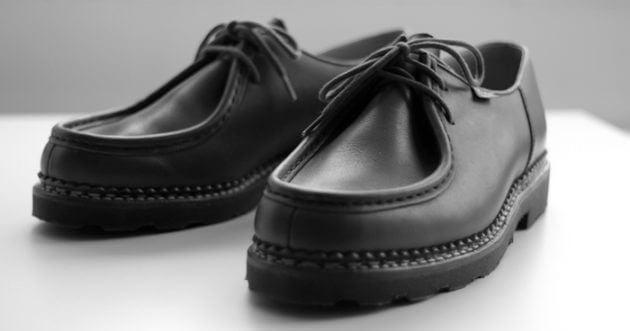
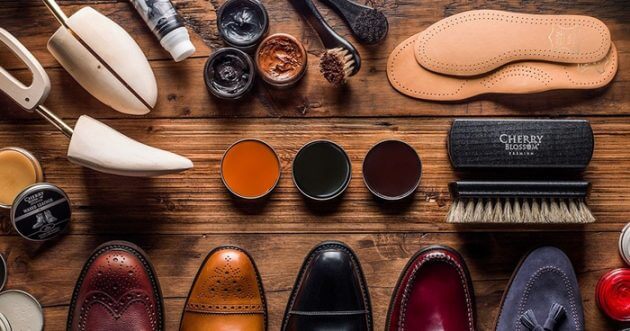
![Waterproof spray for shoes [ how to choose without fail & 18 recommendations ].](https://otokomaeken.com/wp-content/uploads/2024/03/82ca73c489d79da5328aaacae7d2266d-630x331.jpg)
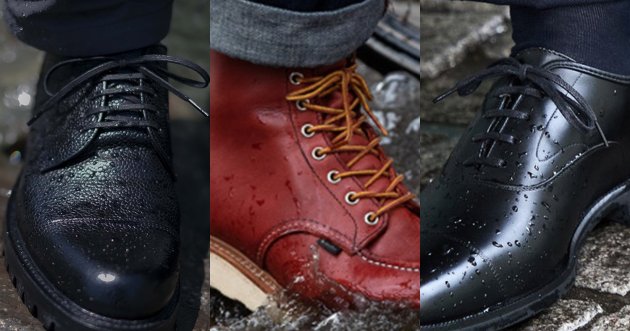
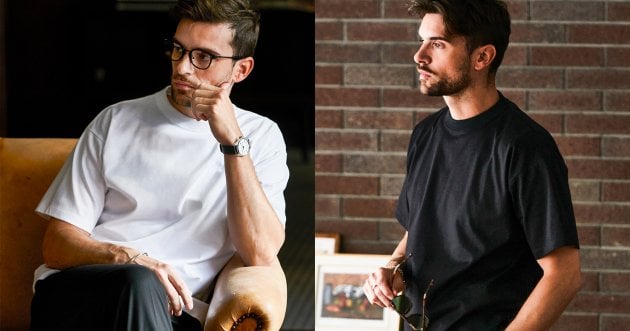
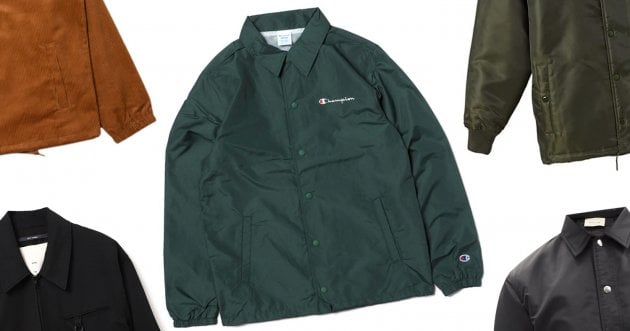
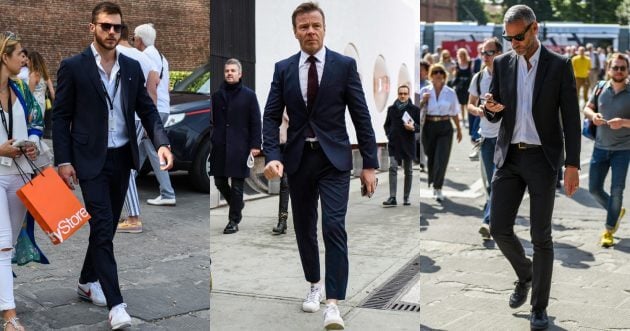
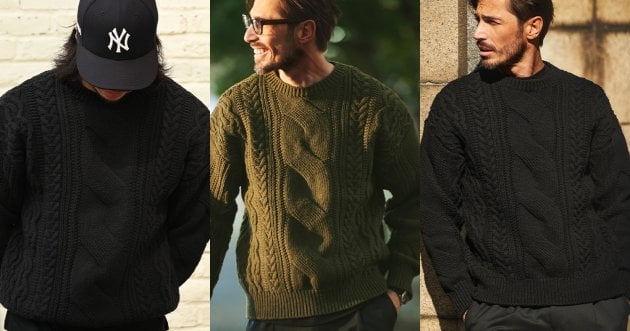
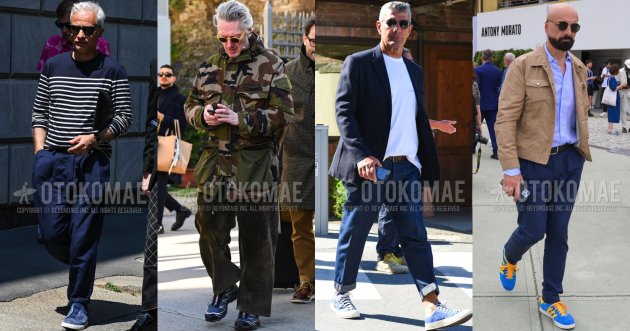
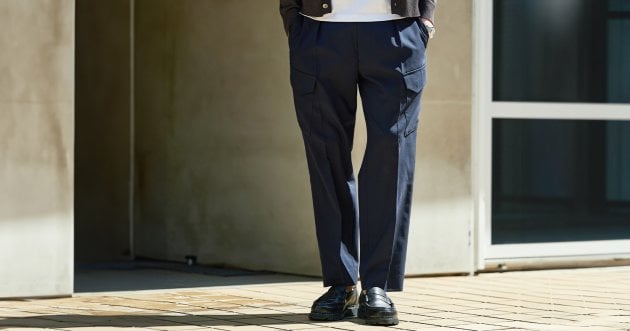



![A roundup of the 65 most popular brands of jeans [ 2024 Denim Latest ].](https://otokomaeken.com/wp-content/uploads/2015/04/777f096a10d40de2a7037fce7da8f708-115x60.jpg)





